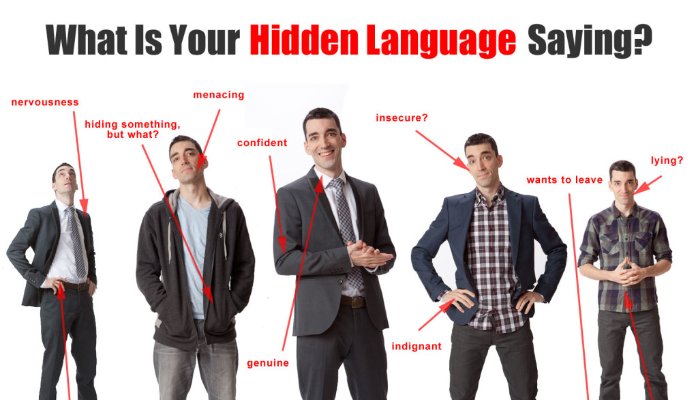
Stories Talk | Presentation Skills and Effective Storytelling
Stories Talk | Presentation Skills and Effective Storytelling
By Mia Kollia
Translated by Alexandros Theodoropoulos
We look into the eyes and shake hands, we don’t constantly shake our bodies and try not to scratch and rub our fingers. When we talk to someone we try to keep the body in a stable position which indicates that we pay attention to what they tell us and don’t lean like we’re bored. Such little things and many more we must always keep in mind, because body language is the most important non-verbal form of communication.
By using body language correctly we can welcome more opportunities and expect greater success in our professional career. The way we present ourselves can help us improve relationships with our co-workers, have better working relationships with subordinates and superiors, and improve our daily interactions.
What to Watch Out for
We may not think about it or can’t realise it while we are doing it, but the body and the movements reflect our character and usually reveal more than we have to say!
Stable eye contact
When talking to someone one of the fastest ways to build a personal connection is through eye contact. Looking someone in the eyes during an interaction shows that we are careful, helps us to read facial expressions and often makes us feel and seem more confident about what we are saying. Maintaining eye contact is one of the most important tools in job interviews and in any of our professional appointments.
Polite smile
The smile reassures those around us and confirms that we are approachable and reliable. Academic research has shown that we remember smiling people more easily and with a positive sign. A smile is an ideal and easy non-verbal way to make our interlocutor feel comfortable and pleasant.
Calm movements
When we are in a work meeting, at our workplace, in an interview or on an important appointment, we must keep our movements under control. We try to sit up straight, presenting our hands and palms - something that the human brain interprets as a positive and kind gesture. The calmness of the body refers to confidence and urges others to be calm as well.
Perfect your handshake
If there is one feature of body language about which much has been written, it is the handshake. Many people think that a sharp or very strong handshake gives them the upper hand, but it can seem very aggressive or even an attempt to impose on the other person. In complete contrast, a very weak handshake can be interpreted as insecurity or indifference. And here, the secret is the golden mean in combination with eye contact. It is also important to keep in mind the cultural differences that exist from country to country and to act accordingly.
Straight posture
What is the simplest and most spontaneous thing to do? A right posture! Let us think of a man with confidence and observe how he stands: standing straight or, if he is sitting, resting his feet firmly on the floor and his elbows on the table or in the hands of a chair… These are the first features we look at. Fallen shoulders, a lowered head and a "folded" body, show introversion and lack of confidence. So it inevitably reflects less confidence.

What to Avoid
As important as it is to make the ideal moves to make the best impression, it is also extremely important to avoid the most common mistakes of body language because there is a risk of misunderstanding or failure in the workplace.
Nervous movements
The simplest and most basic mistake is to make moves that indicate nervousness. When we bite our nails or constantly shake our feet or hands, it becomes obvious that there is a lack of confidence and self-confidence. It is also important not to look around but straight at our interlocutors. All of the above behaviors can seriously undermine your professionalism.
Eyes on the phone
As mentioned above, eye contact is a must! Despite the fact that we live in an age in which technology is at the core of our daily lives and our work, we must take care not to look absorbed in our mobile phone while we are in meetings with partners, customers and subordinates. It implies a lack of interest and, possibly, a lack of respect.
Invasion of personal space
Every person, unconsciously, feels safe in his personal space (a radius of about one meter around him). Any violation of this space can be perceived as aggression or disrespect, regardless of the intention. Conversely, maintaining a long distance can be seen as avoidance or lack of concentration.
Lack of response
While someone is talking, it is considered expected that we give signs of response. The most common are nodding, small words of confirmation or even a smile. Showing that we are active listeners of our interlocutor, increases the trust and comfort between us, leading to better cooperation.
Negative postures
Negative body and arm postures are the fastest way to make a very bad impression. The folding of the hands can be interpreted not only as aggression but also as a defensive attitude. Not turning our body towards our interlocutor indicates indifference. Yawning or avoiding eye contact is obviously the worst move. Finally, excessive hand movements when speaking can lead to questions about our credibility.
According to many studies, the vast majority of communication between people is non-verbal. It is clear that body language is crucial to our image and the way others perceive us. The road to success passes through body language!